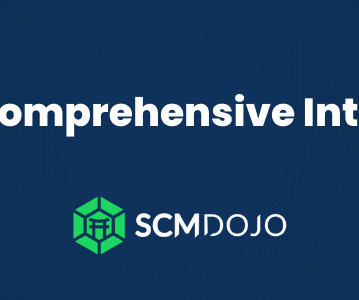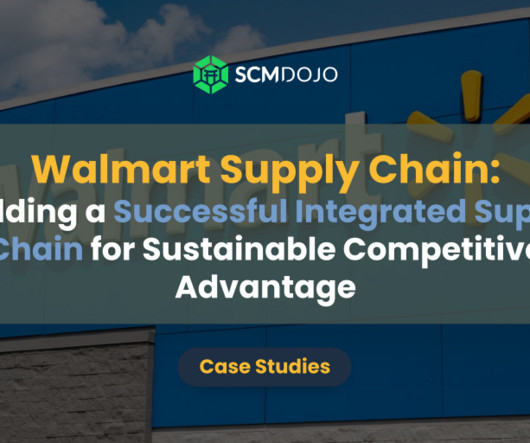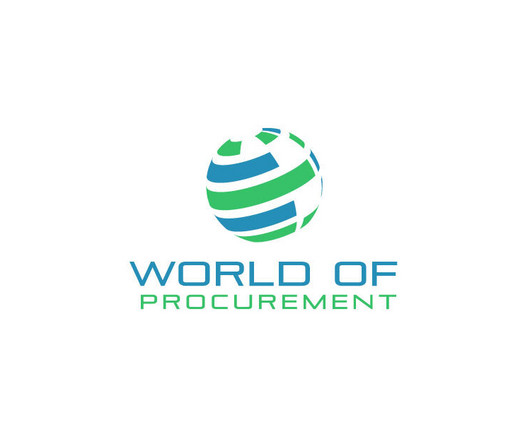What is Supply Chain Management? A Guide to Success
SCMDOJO
APRIL 29, 2024
Planning ensures that resources are allocated effectively and that production and distribution meet customer demand. Sourcing: Sourcing is all about finding reliable suppliers, negotiating contracts, and managing relationships. It also involves inventory management, order fulfillment, and monitoring stock levels.












Let's personalize your content